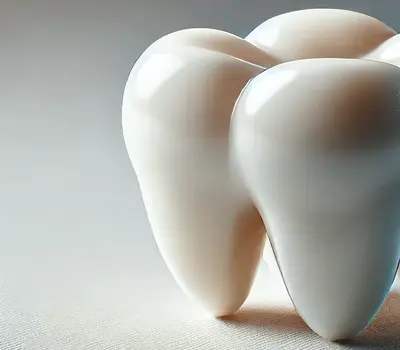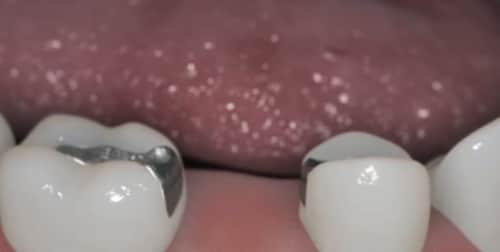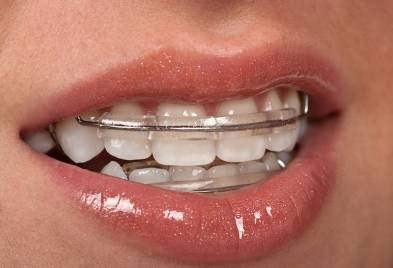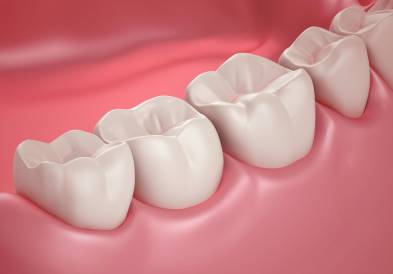The dental world is evolving at lightning speed, and at the heart of these innovations is the growing use of biocompatible materials. From ceramic crowns to titanium implants, the term “biocompatibility” often gets thrown around, but what does it truly mean in practice? Let’s explore how biocompatible dental materials are shaping the future of oral health and why this shift is becoming a pivotal focus for dentists and patients alike.
What Exactly Are Biocompatible Dental Materials?
Simply put, biocompatible dental materials are substances that do not cause adverse reactions when placed inside the human body. These materials are used in fillings, implants, crowns, and other restorative procedures. The goal is to restore form and function while minimizing any inflammatory response. Modern dental practices have seen a move away from materials like amalgam—once the gold standard—due to concerns about mercury exposure. Instead, materials like ceramics, composite resins, and titanium have taken center stage due to their superior compatibility with human tissues.
Biocompatibility: Breaking Down the Science
To understand biocompatibility, it’s crucial to consider three primary factors:
- Tissue Response: The material should not induce a negative immune response. Metals like nickel, for instance, are notorious for causing allergic reactions in some patients, leading to a shift toward more inert metals like titanium.
- Toxicity: Materials need to be non-toxic to surrounding tissues. A 2019 study published in the Journal of Dentistry found that traditional dental amalgam fillings released small amounts of mercury vapor, raising health concerns for both patients and dental professionals.
- Longevity: Biocompatibility also means that the material should have a reasonable lifespan without degrading or corroding. This is particularly important for implants and crowns that need to withstand the test of time—and, of course, the human bite force, which can exert up to 200 pounds per square inch!
A Deep Dive into Common Biocompatible Materials
Let’s break down some of the leading biocompatible dental materials used today, focusing on what makes them both effective and safe.
| Material | Application | Biocompatibility Highlights | Average Cost (USD) |
|---|---|---|---|
| Titanium | Implants | Highly inert, low allergenic response | $3,000 – $5,000 |
| Zirconia | Crowns, Bridges | Ceramic-based, extremely resistant, durable | $1,000 – $2,500 |
| Composite Resin | Fillings, Veneers | Free of mercury, customizable color matching | $150 – $400 |
| Gold Alloy | Inlays, Onlays | Rarely causes allergies, durable and malleable | $600 – $1,200 |
Titanium: As the most widely used material for dental implants, titanium stands out because it bonds well with bone in a process called osseointegration. Over 95% of dental implants using titanium are still functional after ten years, according to recent studies.
Zirconia: Sometimes referred to as “white metal,” zirconia has emerged as a popular choice for those looking for a more aesthetically pleasing option for crowns and bridges. Zirconia is exceptionally strong and resistant to fractures, making it ideal for molar restorations where high forces are at play.
Composite Resin: Known for its versatility, composite resin can be molded to fit almost any cavity shape. While not as strong as metals or ceramics, it has excellent biocompatibility and is free from toxins like mercury. Composite resins are commonly used in fillings and veneers, and their ease of use means they’re cost-effective for both patients and dentists.
Why Biocompatibility Matters: Real Patient Stories
The shift toward biocompatible dental materials is not just a trend—it’s a necessity born out of real health concerns. Take Anna, a 45-year-old woman who had severe reactions to her metal braces as a teenager. She later discovered that she had a nickel allergy, which prompted her to choose zirconia crowns over traditional metal options when her molars required restoration. “I’ve never felt more comfortable,” she says. “Not only do my teeth look natural, but I also don’t have to worry about allergic flare-ups.”
Modern Trends in Biocompatible Dentistry
The focus on biocompatible materials goes hand in hand with a growing movement toward minimally invasive dentistry. Dentists today aim to preserve as much natural tooth structure as possible, using materials that are not only safe but also require less invasive preparation.
CAD/CAM Technology: Computer-Aided Design and Computer-Aided Manufacturing (CAD/CAM) is another innovation that has fueled the rise of biocompatible materials. The precision of CAD/CAM allows for the creation of highly customized crowns and bridges, ensuring that zirconia and other ceramics fit perfectly, reducing the need for adjustments that could potentially affect their biocompatibility.
Mercury-Free Dentistry: The trend toward mercury-free dentistry has taken center stage, especially in light of the Minamata Convention on Mercury, which seeks to reduce mercury use worldwide. This international treaty, signed by over 130 countries, reflects the move away from traditional amalgam fillings, shifting the focus toward safer materials like composites and glass ionomers.
The Role of Diet and Lifestyle
It’s not just about what materials are placed in your mouth but also how you take care of them. For patients with biocompatible restorations, lifestyle choices can significantly impact the lifespan of these materials.
- Avoid Alcohol and Smoking: Both alcohol and smoking can compromise the health of your gums, which in turn affects the longevity of implants and other restorations. The American Dental Association (ADA) has consistently advocated for the complete cessation of these habits for better oral and overall health.
- Diet Matters: A balanced diet rich in calcium and vitamins helps in maintaining both the natural teeth and the biocompatible restorations. Consuming fewer sugary foods can also reduce plaque buildup, which is crucial for preventing inflammation around sensitive materials like zirconia implants.
Our Editorial Team’s Advice for Your Oral Health Journey
The evolution of biocompatible dental materials represents a major step forward in restorative dentistry—one that prioritizes both health and aesthetics. If you’re considering dental work, don’t hesitate to ask your dentist about biocompatible options. They can help you choose materials that align with your medical history and lifestyle, giving you peace of mind and a smile you can feel confident about.
For those concerned about allergic reactions, opting for materials like zirconia or titanium can prevent complications and ensure long-term success. And remember, taking care of your restorations with good oral hygiene, a balanced diet, and by avoiding harmful habits will always be a winning formula.






